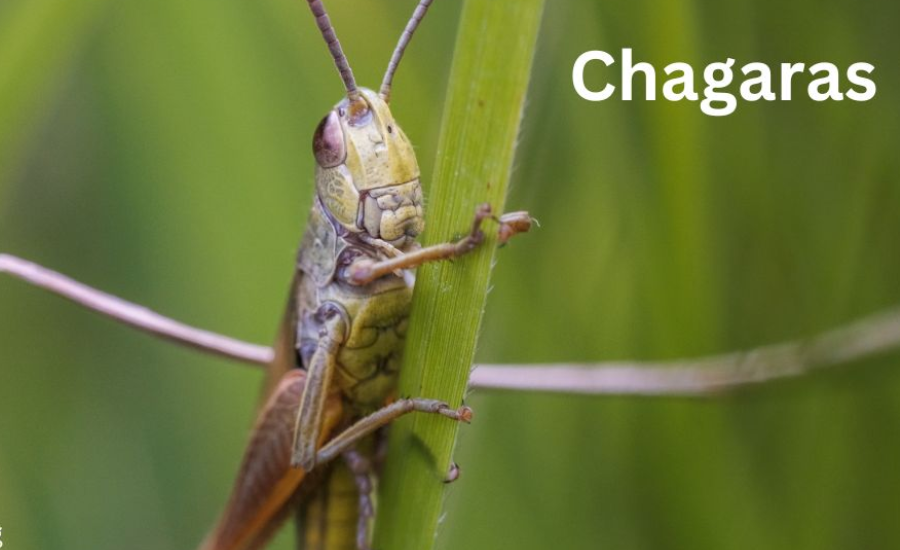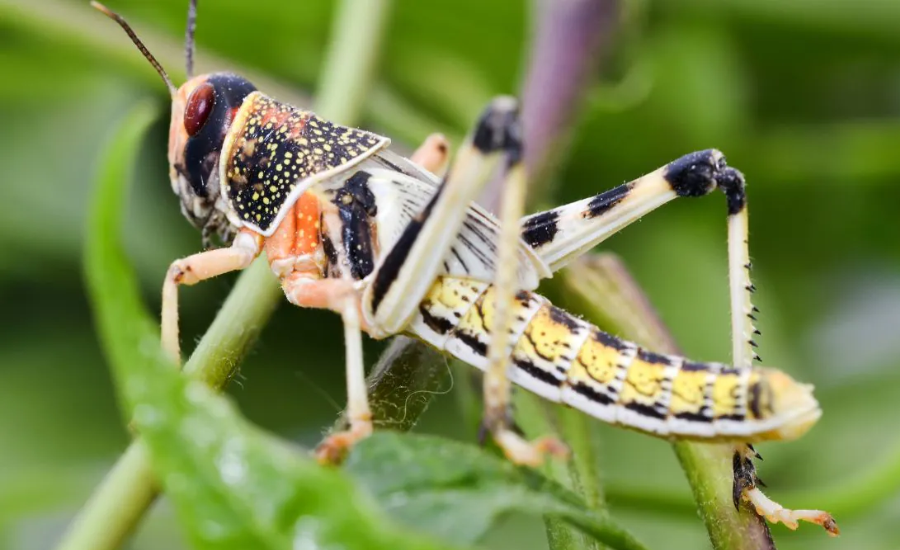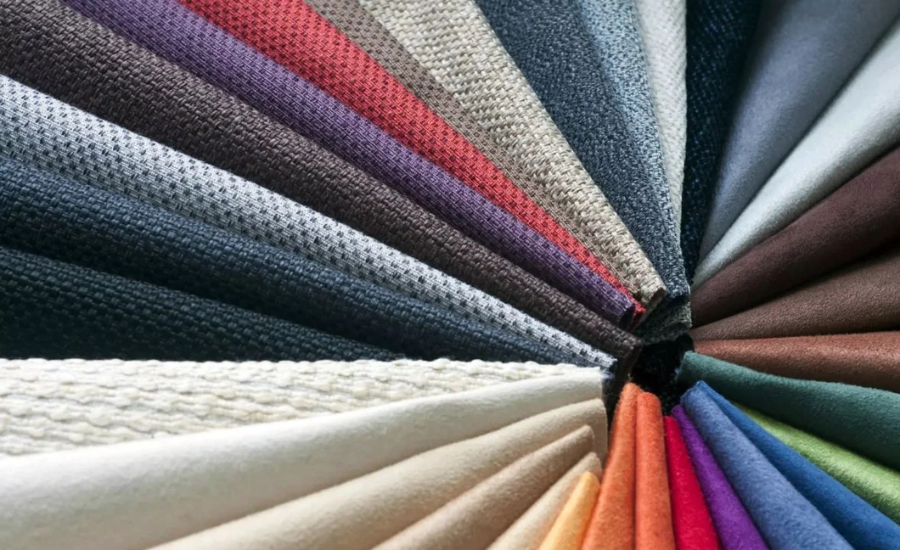Chagaras are not just beautiful pieces of fabric; they are timeless symbols of cultural heritage, carrying with them the weight of centuries of craftsmanship, tradition, and artistry. These exquisite textiles transcend mere decoration, embodying the legacy and soul of the communities that continue to weave them. Through their intricate patterns, rich textures, and vibrant colors, chagaras tell the stories of generations, connecting individuals to their cultural roots and celebrating the diversity of the world’s craftsmanship. Each chagara is a unique creation, meticulously woven by artisans who dedicate their lives to perfecting the art. This exploration will delve deep into the world of chagaras—tracing their creation, cultural significance, and how they continue to adapt to the modern world, bridging the past with the present.
The Craftsmanship of Chagaras: A Tradition Passed Down Through Generations

Creating a chagara is more than a craft; it is an art form that artisans have nurtured across generations. For centuries, artisans have woven chagaras with love, precision, and skill, passing down their techniques through family lines and cultural traditions. These craftsmen and craftswomen spend years perfecting their skills, mastering the expertise needed to create stunning patterns rich with meaning. The intricate weaving process requires a variety of tools, materials, and methods that vary by region, yet all reflect the same underlying principles of craftsmanship.
At its core, the art of chagara weaving involves creating complex designs that require an understanding of both the materials and the technique. Many artisans still use handlooms to weave these textiles, paying the utmost attention to detail with each piece they create. These handlooms, though simple in design, require a high level of skill and experience to operate efficiently. Every pattern, whether geometric or floral, tells a story, with some motifs symbolizing protection, others prosperity, and still others fertility or community strength.
Weaving a chagara is both labor-intensive and time-consuming. Completing a single piece can take days, weeks, or even months, depending on the complexity of the design. The weaver carefully selects the fibers, often choosing natural materials like cotton, silk, or wool, which they dye using colors sourced from plants and minerals. Artisans choose these materials not only for their beauty but also for their deep connection to the natural world and their cultural significance.
Chagaras: Cultural Significance Beyond Aesthetic Beauty

While the aesthetic beauty of chagaras is undeniable, their cultural significance is perhaps even more profound. Chagaras do not simply serve as decorative items; they weave narratives that link individuals to their past and heritage. Each pattern and design woven into a chagara is a reflection of the culture, beliefs, and history of the people who created it. For many communities, these textiles serve as a living connection to their ancestors and traditions.
In many cultures, people use chagaras in ceremonies and rituals, where they carry symbolic meaning. Whether draped over the shoulders at weddings, displayed in religious rituals, or given as ceremonial gifts, chagaras embody a deep sense of reverence and respect. Artisans weave patterns into them that often symbolize spiritual beliefs, elements of nature, or essential cultural values. For example, some patterns represent the sun, a symbol of life and energy, while others symbolize the earth, fertility, or protection from evil spirits.
Beyond their ceremonial uses, chagaras serve as markers of identity, helping individuals express their connection to their culture and their community. In some regions, wearing or displaying a chagara is an act of pride, as it demonstrates a commitment to preserving traditional craftsmanship and cultural values.
Even in modern times, chagaras retain their cultural significance. In many parts of the world, these textiles are still integral to cultural festivals, family gatherings, and community events. Whether worn during a family celebration or displayed as part of a cultural exhibition, chagaras continue to be a means of honoring the past while celebrating the present.
The Fusion of Tradition and Modernity: Chagaras in Contemporary Fashion and Design

Chagaras have a long and storied history, but they have also adapted and evolved with the times, taking on new roles in modern fashion and home decor. Their versatility bridges the gap between tradition and contemporary aesthetics, enabling them to integrate seamlessly into modern life.
In fashion, chagaras have found their place in the wardrobes of those who seek to incorporate cultural elements into their personal style. Designers are increasingly looking to traditional textiles for inspiration, creating unique clothing lines that blend the old with the new. By combining traditional chagara patterns with modern cuts and styles, designers are bringing the timeless beauty of these textiles to a new generation of fashion-conscious individuals. Whether incorporated into high-fashion garments or casual wear, chagaras bring a touch of cultural richness to contemporary wardrobes.
In the world of home decor, chagaras are similarly finding new life. Their vibrant colors, intricate patterns, and luxurious textures make them perfect for enhancing any space, whether as wall hangings, tablecloths, or throw pillows. As people increasingly seek to infuse their living spaces with culture and personality, they use chagaras to add a unique touch to homes worldwide. Draping a chagara over a sofa or bed or placing one as a table runner introduces the beauty and significance of these textiles into everyday life in an elegant way.
Moreover, the adaptation of chagaras into modern design is not limited to fashion and home decor. Artists and designers are exploring new ways to incorporate chagaras into art installations, creating contemporary works that use traditional materials and designs in innovative ways. This fusion of old and new not only helps to keep the art form alive but also ensures that chagaras continue to resonate with people in the modern world.
Where to Find Authentic Chagaras: Supporting Artisans and Ethical Practices

For those interested in acquiring authentic chagaras, it is essential to know where to look. Finding genuine chagaras requires an understanding of the sources available, as well as the importance of supporting artisans who maintain the integrity of traditional weaving techniques.
Local markets are often the best place to begin the search for authentic chagaras. These markets offer direct access to artisans who have spent years honing their craft, allowing buyers to connect with the creators of these beautiful textiles. Purchasing chagaras from local artisans not only ensures that you are buying an authentic piece but also supports the livelihoods of those who are keeping this ancient craft alive.
Online platforms have also made it easier than ever to discover and purchase chagaras from around the world. While these platforms provide convenience and access to a wider range of styles, it is important to be discerning when choosing sellers. Not all sellers operate ethically, and some may offer mass-produced imitations that lack the authenticity and cultural significance of genuine handwoven chagaras. To ensure that you are supporting artisans who uphold traditional craftsmanship, take the time to research the sellers, read reviews, and verify their commitment to ethical practices.
Family-run businesses often drive chagara production, and supporting these enterprises helps ensure the craft’s preservation. These businesses specialize in unique designs passed down through generations and are more likely to uphold the integrity of the weaving process. When you purchase from these small, family-owned businesses, you sustain artisans’ livelihoods and help preserve the art form for future generations.
Incorporating Chagaras into Your Home: A Cultural Touch for Every Space

Incorporating chagaras into your home decor adds a touch of cultural richness and elegance. Their vibrant colors, intricate patterns, and luxurious textures make these textiles perfect for a wide range of design applications.
You can use chagaras as striking wall hangings to create visual interest and add a sense of heritage to any room. Drape them over furniture, like sofas or beds, to create a cozy and inviting atmosphere. The luxurious textures and vibrant hues of the chagara transform a space, infusing it with cultural richness and beauty.
In addition to their aesthetic appeal, chagaras can serve as meaningful additions to dining areas. Using a chagara as a tablecloth or table runner adds a unique and personal touch to any meal, making it a memorable experience for both hosts and guests. Whether used in everyday settings or during special occasions, chagaras enhance the ambiance of any space, providing a lasting reminder of the cultural heritage they represent.
Moreover, people often use chagaras in important ceremonies and celebrations, such as weddings and religious rituals. In these settings, chagaras symbolize blessings, prosperity, and good fortune. Whether worn as part of traditional attire or displayed during ceremonies, chagaras carry deep cultural significance that adds a meaningful layer to these events.
Preserving the Legacy of Chagara Weaving: Challenges and Opportunities

The art of chagara weaving faces significant challenges in the modern world. As mass production dominates the global textile industry, the risk of losing or diluting traditional crafts like chagara weaving grows. To preserve this art, we must support artisans who handcraft these textiles, ensuring they can pass their knowledge and skills on to future generations.
At the same time, the craft has opportunities to thrive in the modern world. The growing interest in sustainable fashion and ethical consumption allows a global audience to appreciate chagara weaving. Emphasizing the importance of preserving traditional craftsmanship and supporting artisans who create these textiles ensures that the art of chagara weaving flourishes for generations to come.
Chagaras are more than just beautiful textiles; they are a testament to the enduring strength and creativity of human culture. By supporting the artisans who continue to weave these masterpieces, we help preserve a rich tradition that is as relevant today as it was centuries ago. Whether incorporated into modern fashion or displayed as part of home decor, chagaras serve as a bridge between the past and the present, bringing the timeless beauty of cultural heritage into our daily lives.
Facts
- Cultural Heritage:
Chagaras are traditional textiles that carry significant cultural and historical value. They are woven with intricate patterns, vibrant colors, and rich textures, reflecting the heritage of the communities that create them.
- Craftsmanship:
The process of creating a chagara is a labor-intensive, time-consuming art form passed down through generations. Artisans use handlooms, and natural materials like cotton, silk, or wool, dyed with plant and mineral-based colors, to create the textiles.
- Symbolism:
The patterns on chagaras often hold symbolic meanings, such as protection, prosperity, fertility, and community strength. Some motifs may also represent natural elements like the sun or earth, or spiritual beliefs tied to the community’s traditions.
- Cultural Significance:
Chagaras are used in various ceremonies and rituals, including weddings, religious events, and community celebrations. They symbolize cultural identity, spiritual beliefs, and personal connections to ancestry.
- Modern Adaptation:
Chagaras have adapted to modern fashion and home decor, blending traditional patterns with contemporary designs. They are used in clothing, art installations, and as decorative elements in homes around the world.
- Ethical Crafting:
Genuine chagaras are often produced by small, family-run businesses that uphold the traditional weaving techniques. Purchasing these textiles supports artisans and helps preserve the craft.
- Sustainability:
The increasing interest in sustainable fashion and ethical consumption has provided new opportunities for chagara weaving to be appreciated globally.
FAQs
Q: What is a chagara?
A: A chagara is a traditional woven textile that carries cultural significance, often featuring intricate patterns and vibrant colors. It is created using handlooms and natural fibers.
Q: What materials are used to make chagaras?
A: Chagaras are typically made from natural fibers such as cotton, silk, or wool, and are dyed using natural materials like plant extracts and minerals.
Q: What do the patterns on a chagara represent?
A: The patterns often have symbolic meanings, including protection, prosperity, fertility, and spiritual beliefs related to nature or community values.
Q: How long does it take to make a chagara?
A: The creation of a chagara can take days, weeks, or even months, depending on the complexity of the design.
Q: Where can I buy authentic chagaras?
A: Authentic chagaras can be purchased from local artisan markets, family-run businesses, and ethical online platforms that specialize in handmade textiles.
Q: What are the challenges in preserving chagara weaving?
A: The rise of mass production and globalization threatens the preservation of traditional crafts like chagara weaving. Supporting artisans and promoting sustainable practices are key to ensuring the craft’s survival.
Conclusion
Chagaras are far more than just textiles; they weave symbols of cultural identity, tradition, and craftsmanship. These beautiful fabrics embody the history and beliefs of the communities that produce them and continue to serve as a vital connection to the past. Creating chagaras involves a delicate process that requires skill, dedication, and time. Their cultural significance extends beyond aesthetics, as they play an integral role in ceremonies, rituals, and community life.
Keep this connection alive: Wnflb
